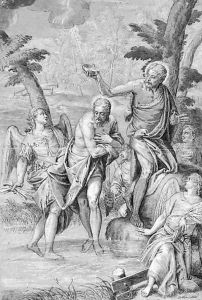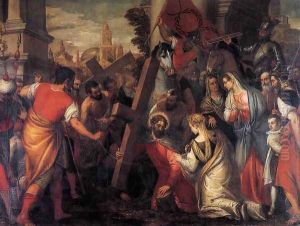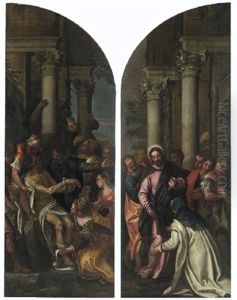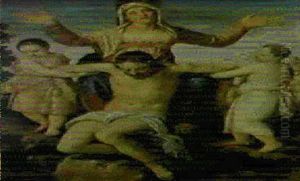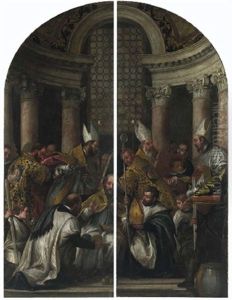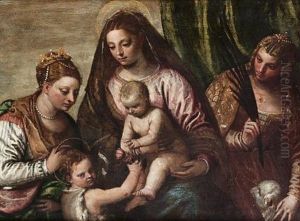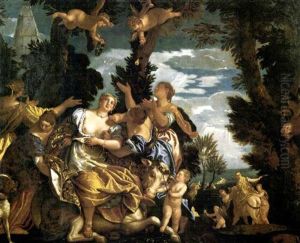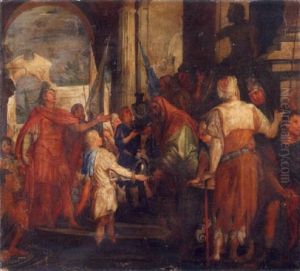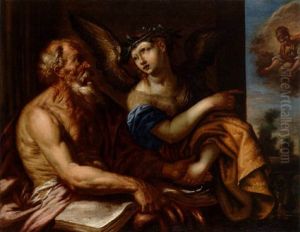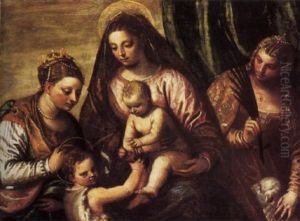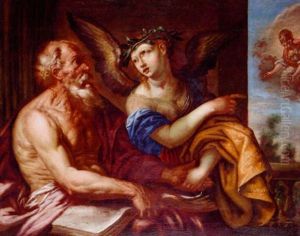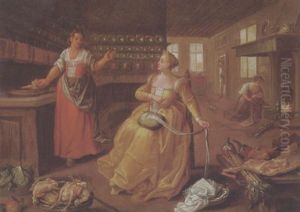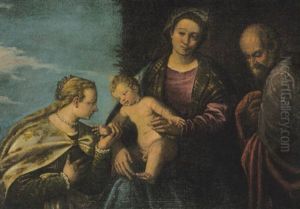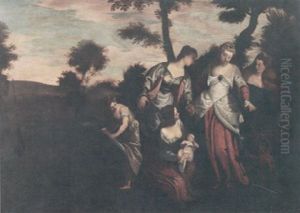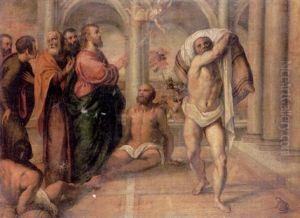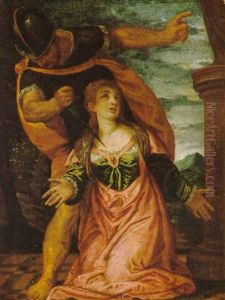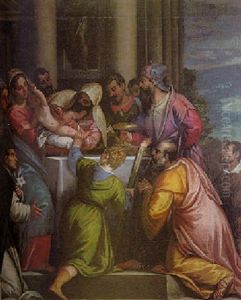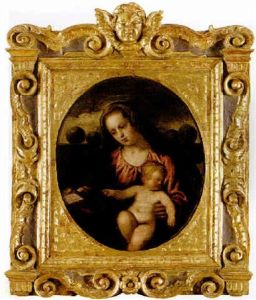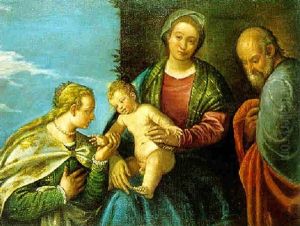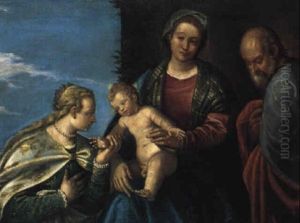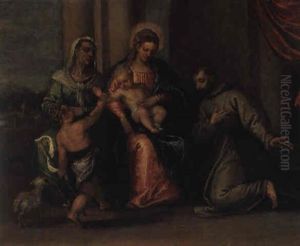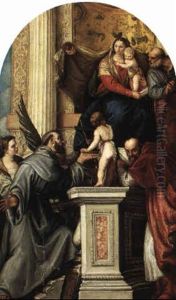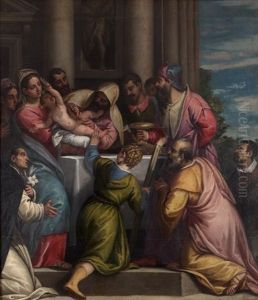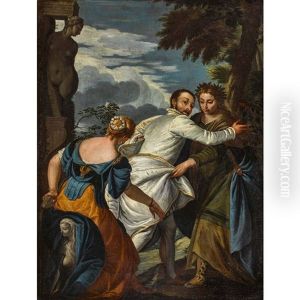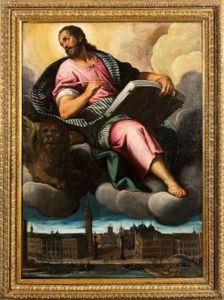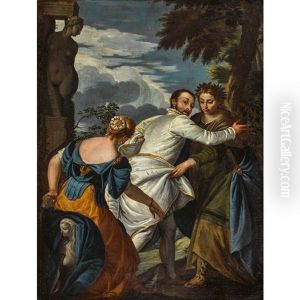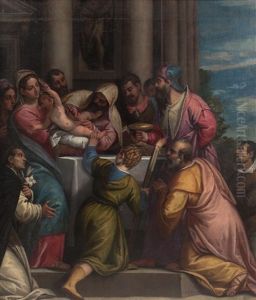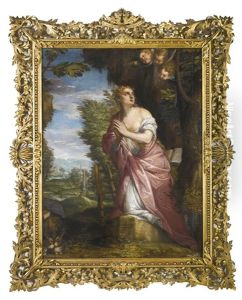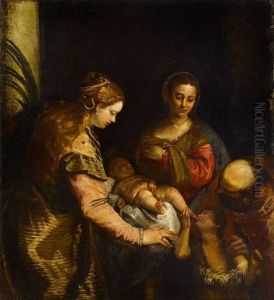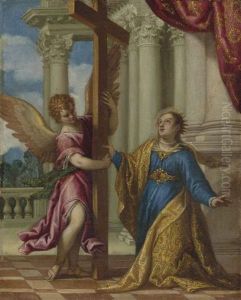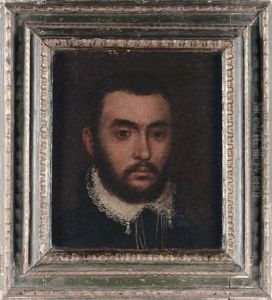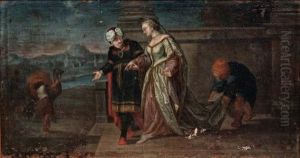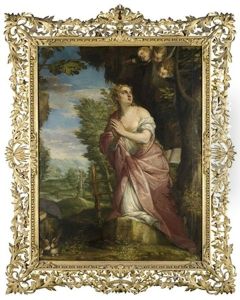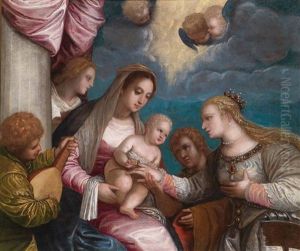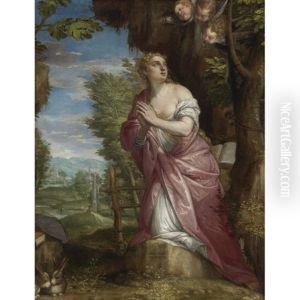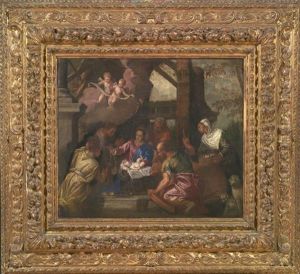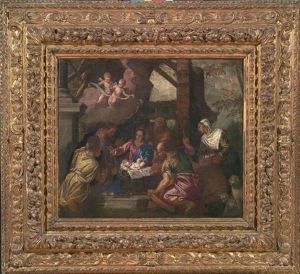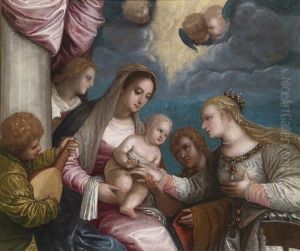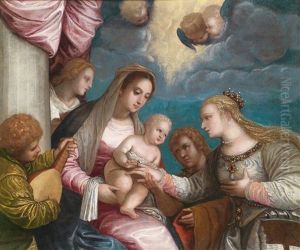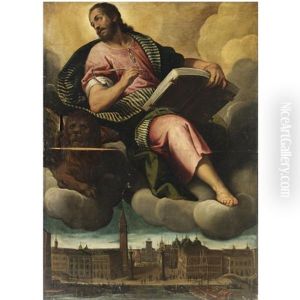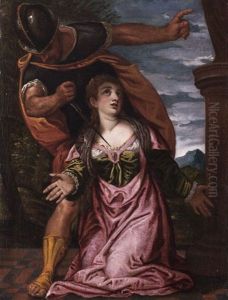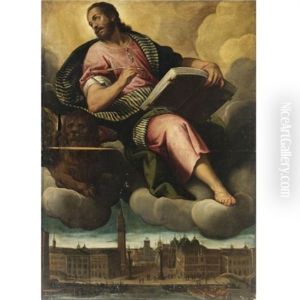Carlo Caliari Paintings
Carlo Caliari, also known as Carletto Caliari, was an Italian painter of the late Renaissance period, born in 1570 in Venice, Italy. He was the son of the prominent Renaissance painter Paolo Veronese (Paolo Caliari), and thus was born into a world of art and creativity. Following in his father's footsteps, Carlo showed a keen interest in painting from an early age, and his style was heavily influenced by the lush and vibrant works of Paolo Veronese.
Carlo began his artistic training under the guidance of his father and continued to work in his father's workshop, which was one of the most successful in Venice at the time. After his father's death in 1588, Carlo, together with his brother Gabriele Caliari, took over the workshop. They completed some of the projects that Paolo Veronese had left unfinished and continued to receive commissions, maintaining the high reputation of the workshop.
Despite living in the shadow of his father's legacy, Carlo managed to develop his own artistic personality, although his career was cut short by his untimely death. His oeuvre includes religious subjects, which were very much in demand during that period, as well as mythological scenes and portraits. His works are characterized by their vivid colors and dynamic compositions, a trait he inherited from his father, as well as a certain softness in the rendering of figures.
Carlo's life and career were tragically brief, as he died in 1596 at the age of 26. Because of his early death, Carlo Caliari's body of work is limited, and his potential as an artist remains a subject of speculation among art historians. Nevertheless, his contributions to the Venetian art scene during the late 16th century are recognized, and some of his works can still be seen in churches and collections in Venice and beyond.
